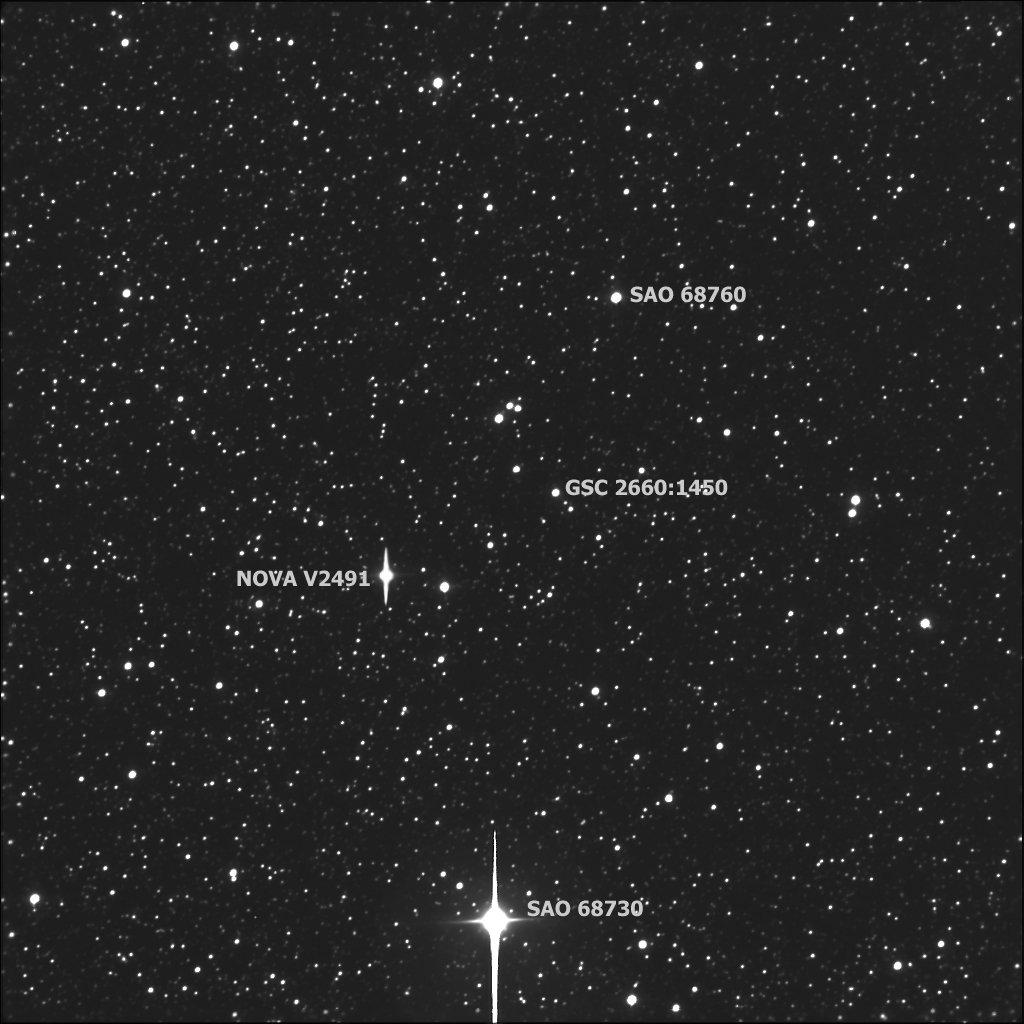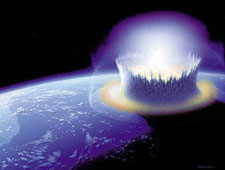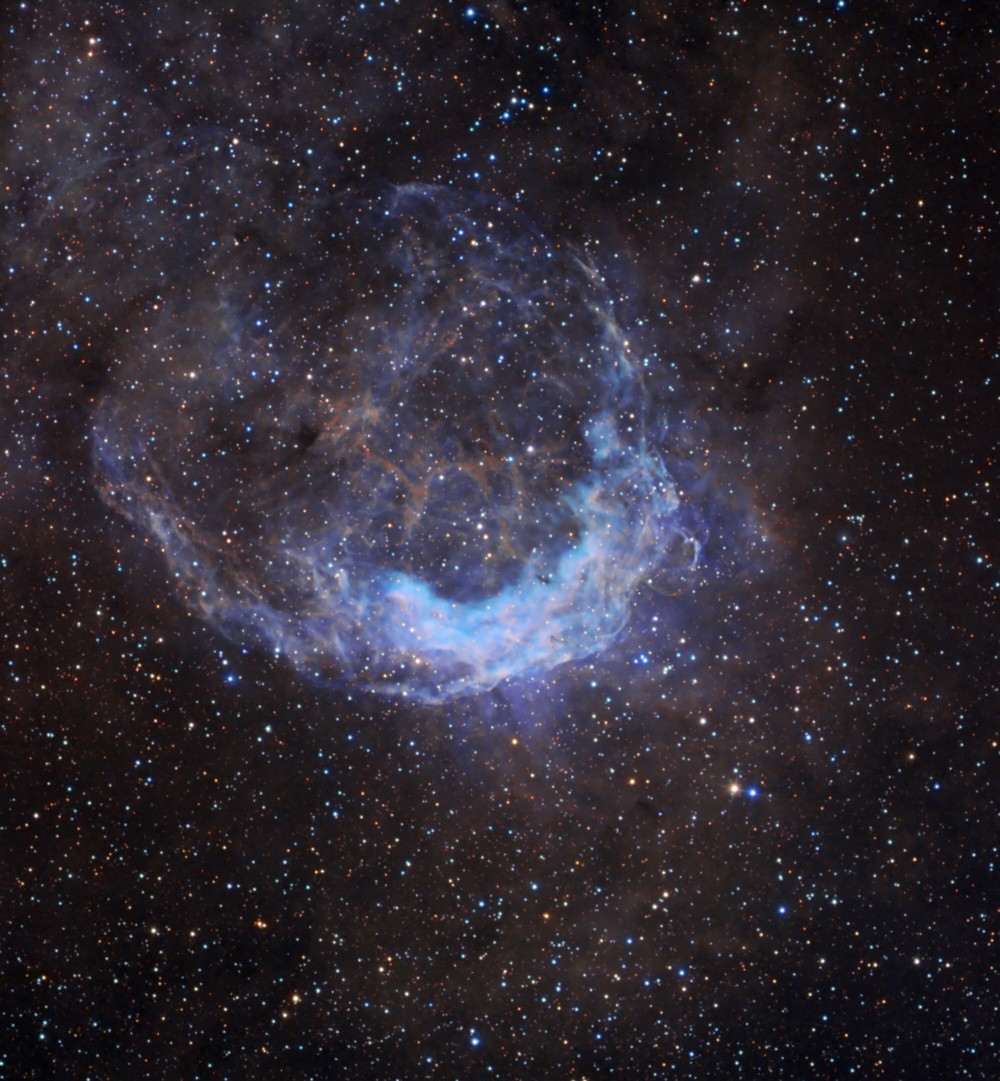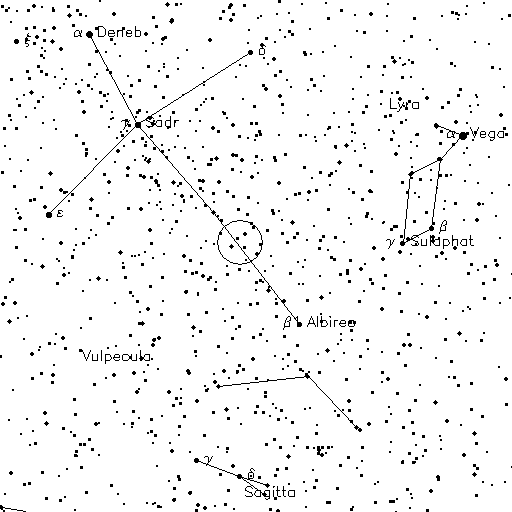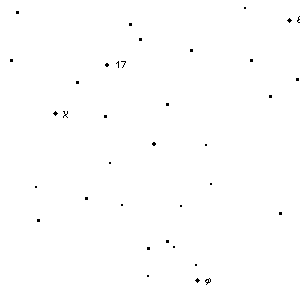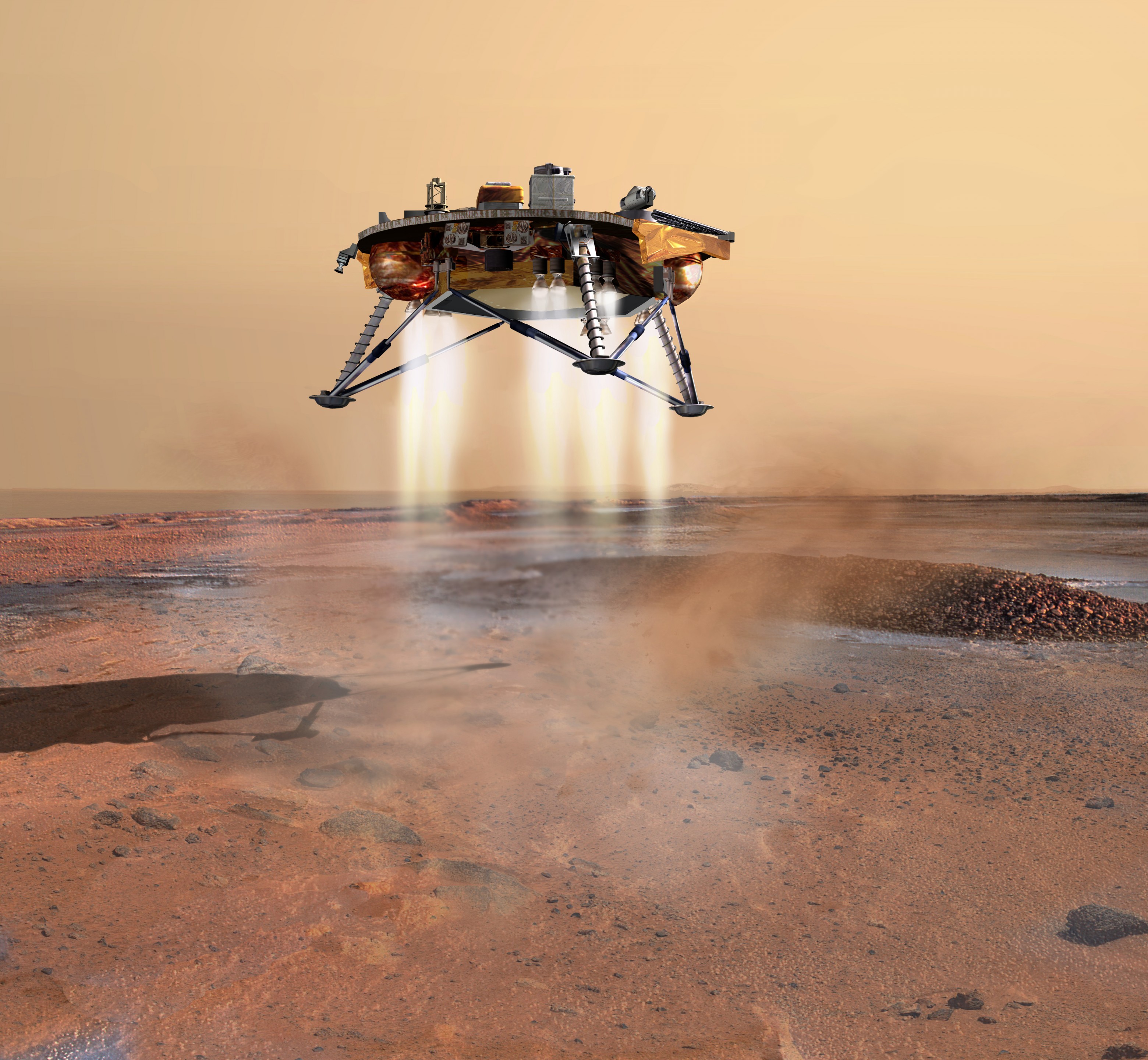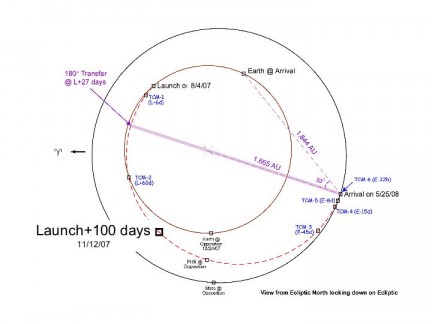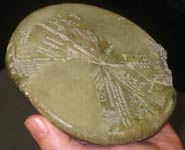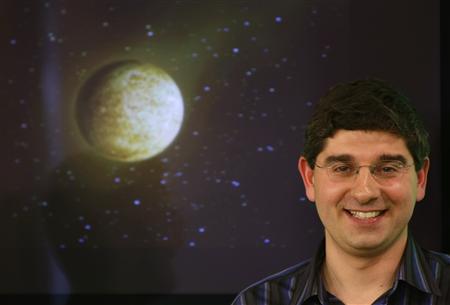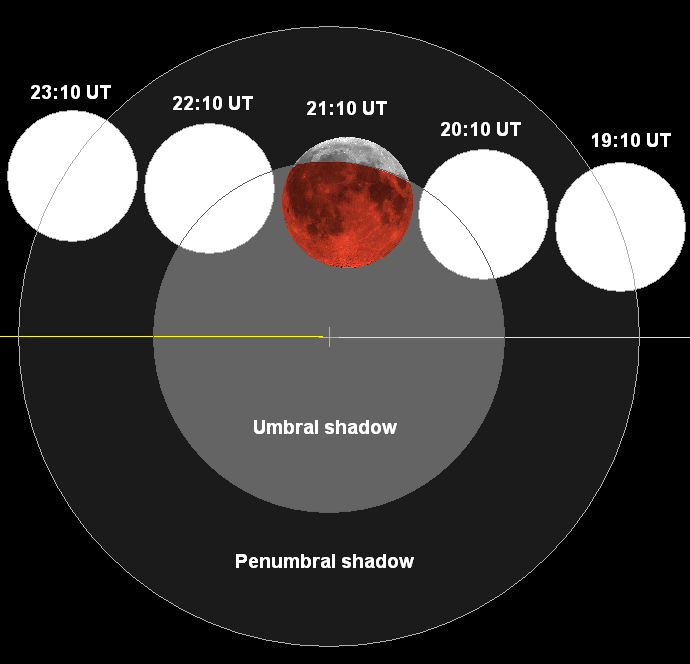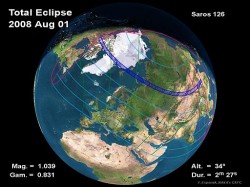Clouds got you down? No chance of seeing V2491 Cyg because of the weather? Are you sleeping when Cygnus is up? One of the most beautiful facets of having an astronomer around is being able to share information with other observatories around the world and put them to work. This time the job was handed to our friends in Australia who were able to produce for us an exclusive look at an elusive nova.
In trial test on image acquisition utilizing the combined resources of Macedon Ranges Observatory and its resident astronomers, they were able to nab the nova in less than 30 minutes from notice being given. The image was then processed, labeled and returned again halfway around the world within hours for UT readers to enjoy.
On 15 April 2008 from 10.50 to 11.40 UT, Joseph Brimacombe from Cairns, Queensland, Australia was busy employing remote technology located at 32 degrees 54 minutes North; 15 degrees 32 min West and recording the nova with an SBIG ST-L-1001 CCD camera. Coupled with a 20″ Ritchey-Chretien Optical System, 8 separate exposures of 5 minutes duration were taken in white light, and the results speak for themselves.
By comparing the zoom map of the area presented in the original Cygnus Nova Alert it’s easy to see the identifying line of three stars which helps orient the viewer to the general area. As predicted, Cygnus Nova V2491 easily stands out amongst the background stars.
Says Observatory Director, Burt Candusio: “The exercise was primarily designed to test the imaging and response capabilities of M.R.O resident astronomers. If another similar event presents itself, we would now be confident in our capabilities of imaging a target effectively and quickly from any part of the globe. A most pleasing outcome for all concerned and especially for Joseph Brimacombe.”
But the thrill was nothing compared to Joe’s own success: “Trapped under the mostly cloudy Cairns skies, I was remotely imaging the running chicken nebula (NGC 2944) at the Macedon Range Observatory and the Pinwheel galaxy (M101) at New Mexico Skies, when my good mate Bert Candusio notified me of a new nova (V2491) in Cygnus. At the time, it was 60 degrees below the horizon at the MRO, but 50 degrees above the horizon at NMS, so I slewed my 20 inch RCOS at NMS to the co-ordinates Bert had provided. There was just sufficient time before dawn to snap 8 x 5 min luminance frames of a dense star field. Both Bert and I were delighted to find the nova near the middle of the frame. We estimate the magnitude at around 10. The beauty of NGC 2944 and M101 was not a match for the excitement of imaging an acute stellar explosion for the first time!”
In the case of V2491 Cyg, the only thing better than having the stars up above is having friends down under. Our thanks go to our friends at Macedon Ranges Observatory!

